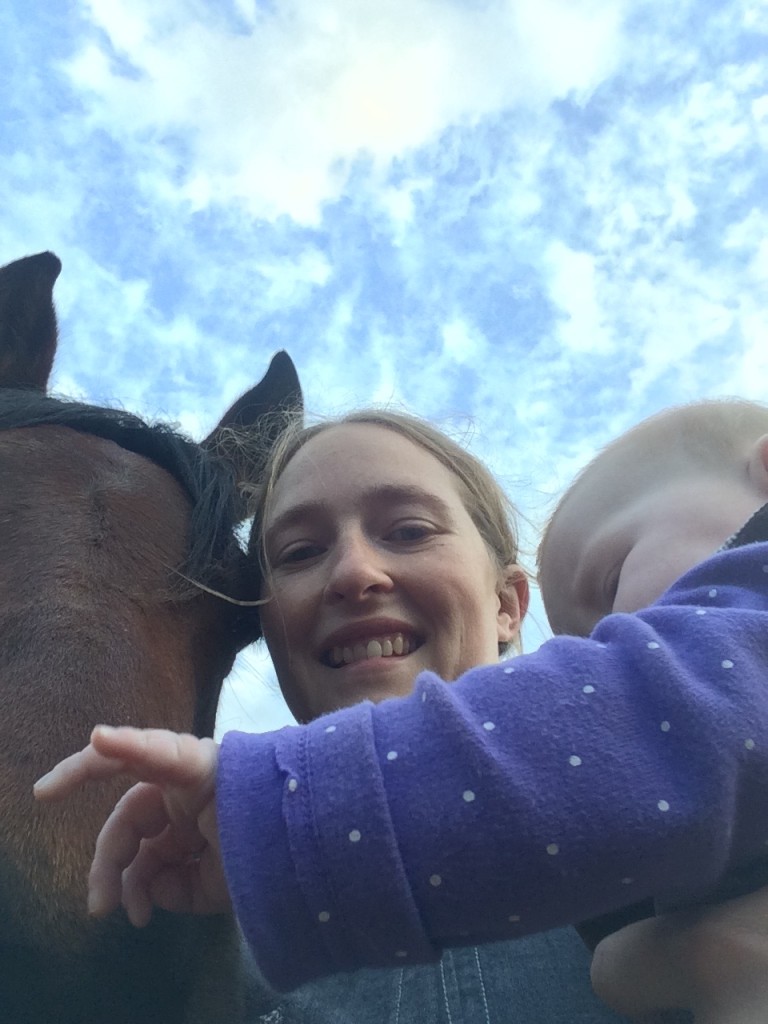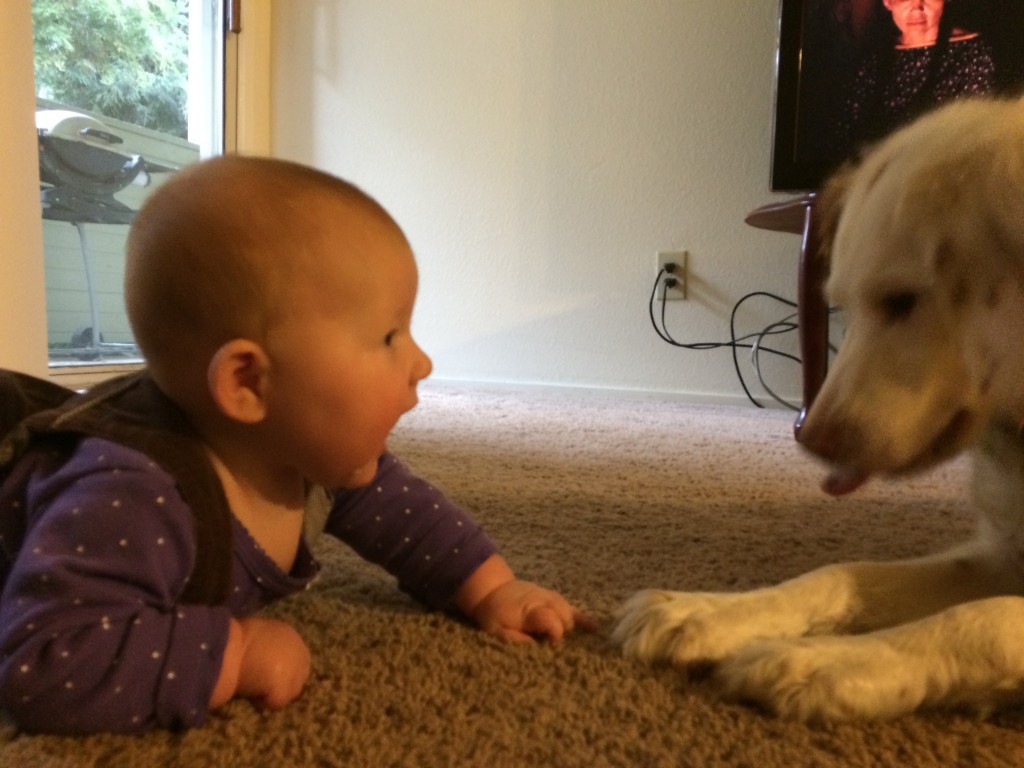AERC convention 2016 – Behavior
| February 22, 2016 | Posted by Melinda under Uncategorized |
Oh boy the things I learned at this year’s convention!
- The most beautiful words in the English language is “4-wheel drive, go ahead” in the chain area of Donnor pass.
- Lanes are entirely imaginary during active snow storms.
- Nevada is definitely sparks joy. I’ve been paying attention more to what things spark joy. It started with reading the book “Spark Joy” about recognizing and using that feeling to clean and tidy the house, however I’ve started paying attention to when that feeling occurs, apart from “stuff”. Driving over Donnor pass and into Nevada definitely goes on the list. I have no rational reason for it, but I get butterflies and a stupid smile on my face every single time.
Oh, you wanted to know the endurance and horse related things…..Fortunately there was a lot of those too.
This year I went to the veterinary continuing education seminars instead of the members portion. It’s a little different because I have to go to ALL the seminars, 8a-5p and can’t pick and choose the topics most relevant to me and my Dear Reader – but I earn 16 hours of CE credits over the 2 days which I need in order to keep my license current. (CA requires 36 hours every 2 years, NV requires 20 hours per year). I also get to go to a portion of the convention that many of my Readers and other AERC member don’t get to go to and share some of the pearls of wisdom that are taught there!
Behavior
The set of lectures on behavior was geared towards reviewing the concepts of behavior that could be applied to needle shy horses. Most of the material was a duplicate of what I got during school and during my behavior rotations in school, however there were a couple of good reminders and some material relevant to horses (most of my school stuff was dogs/cats) that I wanted to share, as well as some cool things I hadn’t come across before.
1. The lecturer had done an experiment correlating the level of arousal (in this case, this word means “excitement/anxiety”, such as pacing, calling, fidgeting etc.) to heart rate. Can signs of increasing arousal accurately predict heart rate? As the horse gets more and more “worked up”, does the heart rate increase?
I’m taking a vote. Yes? No?
Yes…..except for Arabs!!!!! In arabs the heart rate is NOT correlated with outward signs of anxiety.
I think that’s what gets me into trouble with other breeds sometimes.
2. The lecturer asked for the opinion of the room on Arab reaction to stimulus. It’s well documented that in general breeds like the thoroughbreds take less to push them over threshold (threshold = how aroused/excited/anxious they are, which correlates to how well they can learn. A little is good, a lot is not) while breeds like drafts typically take more to push them over threshold.
It was interesting to see what other vets in the room said.
- It’s all the owner
- They attach stronger to the owner, but depending on the circumstances also have a stronger detachment.
- Curious and can and will change their mind and reassess situations.
- Color? Lecture said that there are lots of wives tales and some probably have some truth to them, however they are also probably self-fulfilling prophecies. The lecturer actually wrote a recent article for The Horse on color and behavior.
My opinion is that compared to other breeds, Arabs do not tolerate “drilling” and repetition during training. I agree with the observation that in general they seem curious and willing to give 2nd chances. As with many breeds, it’s hard to generalize since the term “arab” is used to describe horses bred for a lot of different purposes, but the one’s I’ve worked with generally have a work ethic and an agenda (for good or bad).
BTW, here’s a short list of some of my other breed bias’s -Most thoroughbreds I know all have “quirks” that often make them dangerous/unpleasant to handle, the stock breeds are unpredictable and not always honest, Standardbreds are absolutely stellar abbassadors to the equine world except they vary in work ethic, and anything primarily bred for color seems to have a screw or 2 loose.
3. The problem with clicker training is the the movement is mostly fundamentalist. Fundamentalist = the all or nothing crowd. I agree. I think that clicker training is a good tool for both horses and dogs. I think it gets a bad rap from people that insist that everything is a hammer and a nail and that anyone can learn to do it with success. Some things naturally are taught well with positive reinforcement (clicker training, with or without the clicker) and some aren’t. Sometimes you don’t need a hammer, you need a screwdriver. At some point I will write up my thoughts on doing clicker training with my 2 horses over the last couple of months. I promise. But until then, the short version is that I think it’s a fine tool for someone that understands it’s strength and weaknesses and uses it in conjunction with other training techniques.

I’m going to publish the AERC articles as I get them written so that is it for now….it’s time for me to get Fig up and myself out the door for work!














I’ll be interested to hear your thoughts on clicker training, as I’m working with Fiddle (still on stall rest) to teach her to “fetch the frisbee”–mostly to alleviate boredom, I don’t really care if we ever achieve frisbee fetching.
I am using clicker “technique” but not using a clicker because I’m lazy and hate carrying stuff. Also, I find using words more useful to shape behavior–I can say “right” and “nooooo” to give her clues as she stabs around trying to figure out what I’m seeking, instead of clicking for the correct answer. She knows those words, we’ve used them for teaching other stuff, so I’m bridging the words with everything else (posture and rewards, mostly) to help her figure out what I want.
In my half written blog post from two months ago I actually hold you and fiddle up as success stories 🙂
Thank you for sharing about the AERC convention! I can’t wait to see your other notes.
I’ve been struggling with coming to terms with my feelings on clicker training and I think you hit it really well with the fundamentalists being the problem. I don’t think using clicker training is bad, I’m just really scared of the clicker training gurus who think it’s the be all and end all and do nothing but clicker training. They often have terribly behaved horses and lash out at anyone using other methods of training.
Oh, I also meant to ask about the color thing. Did the lecturer talk at all about the actual physical differences between the colors? Like palominos (generally) take less sedative than horses of other colors. It seems to me that if there are some real, physical characteristics that come with being a certain color, that some real mental characteristics could also exist. This is not to say biases don’t cause some/most of the differences, but I have to imagine some really do exist.
Because it was a behaviorist and not a vet, she Limited her comments to behavior links with Cullor. The paint or piebald pattern is actually linked to submissiveness and tractability associated with domestic animals. What’s interesting is that’s not what most vets or behaviorists associate with painted horses, and so there was some discussion of how further research needs to be done to see what other genes are linked with that color.
Medically there are several conditions that are linked with color very strongly. They are several examples in the horse world and many more in the cat and dog world. I have not heard the Palomino needing less sedative one but I also see very few palominos.
Thanks for sharing the updates – especially about clicker training. Timing is the most difficult thing for people to learn (horses learn it easier). I’ve started using clicker language (and soon the clicker itself) to help people target when to STOP asking a horse for what it has already done or when action is necessary. No food rewards come with the clicker. The positive reinforcement is getting a “Yes” from the horse and earning his attention.